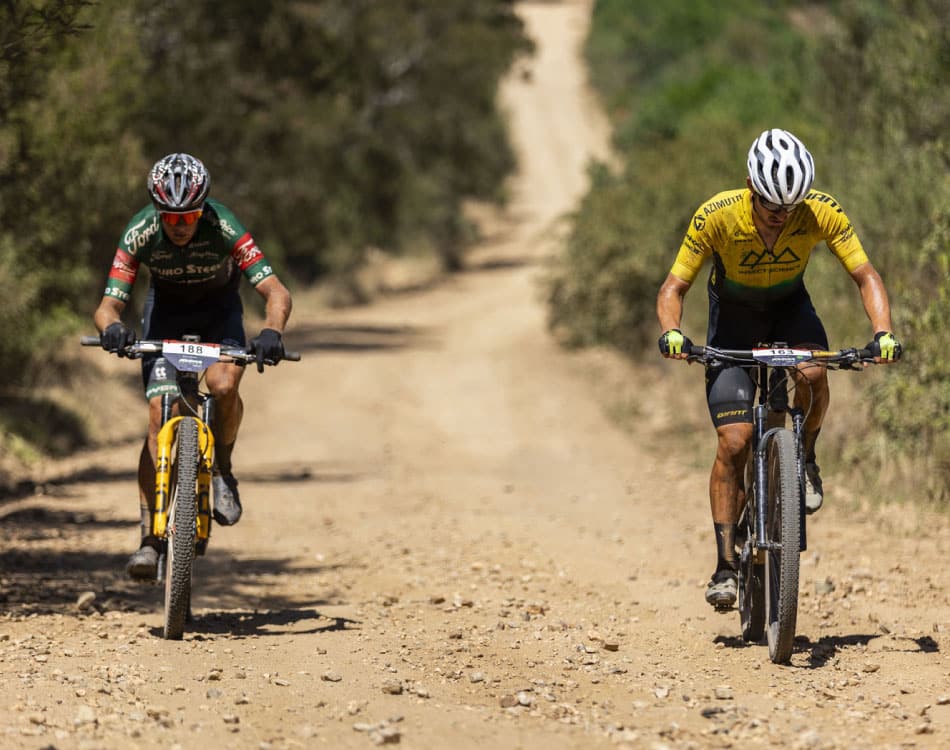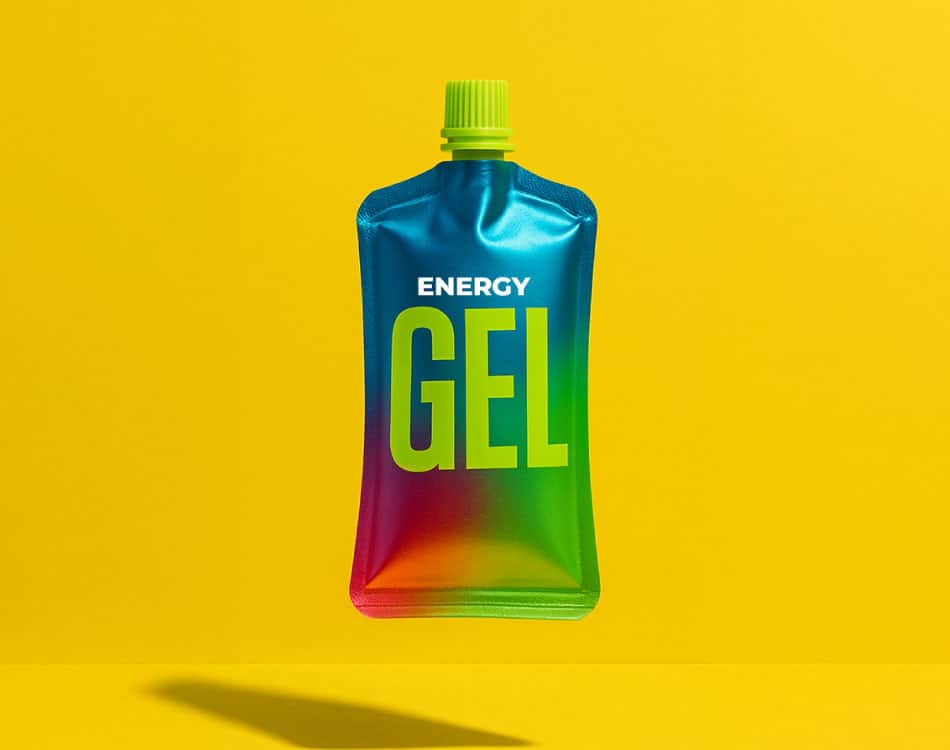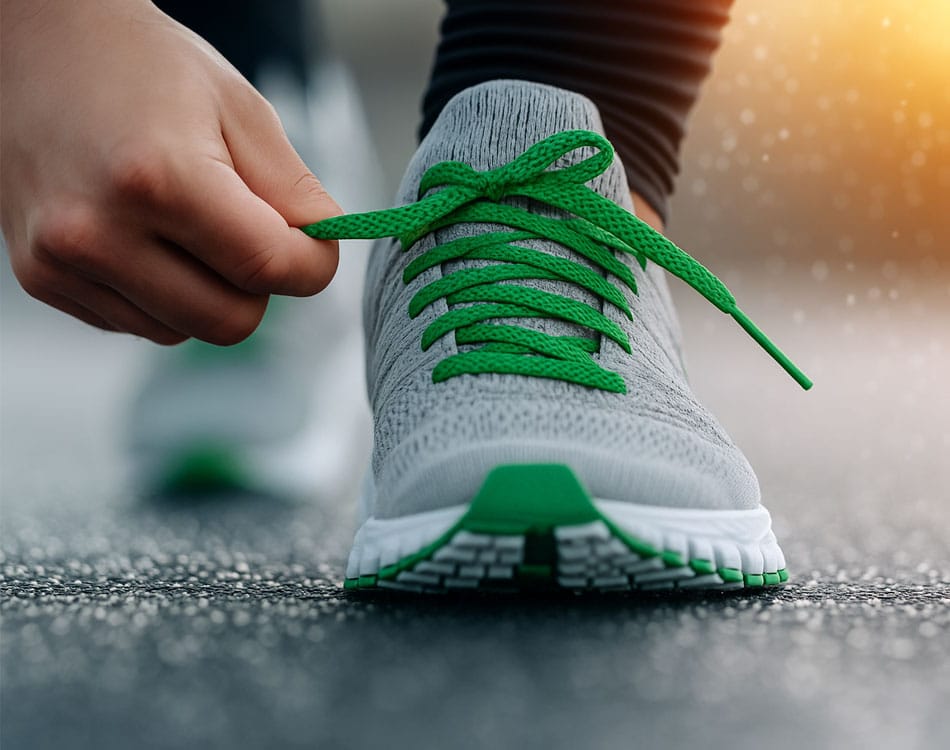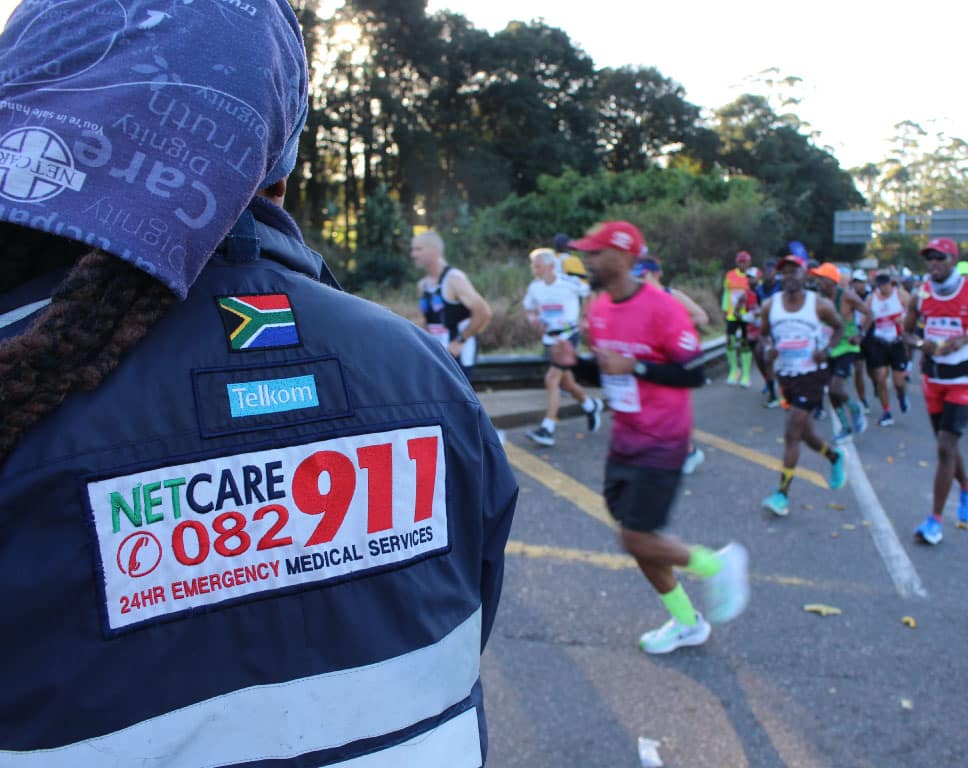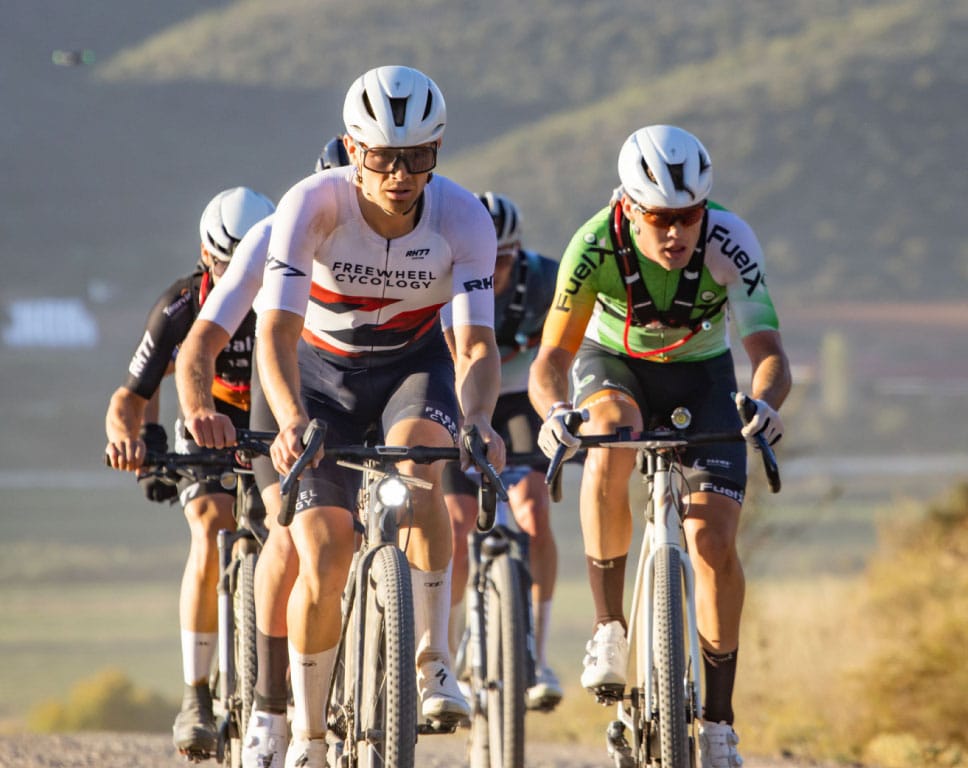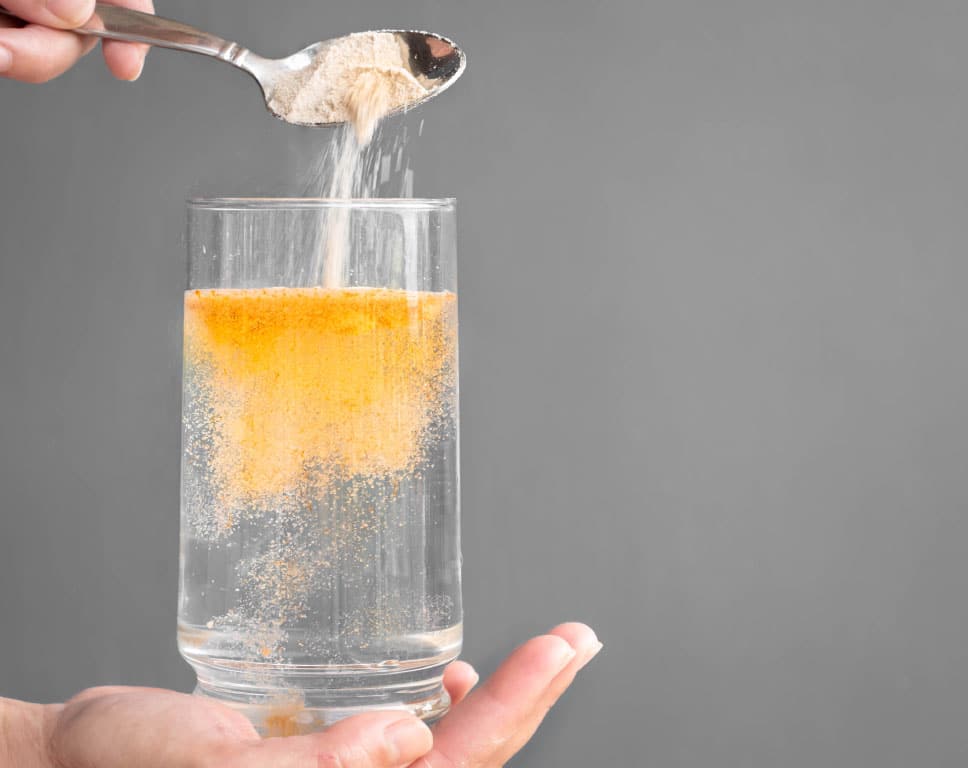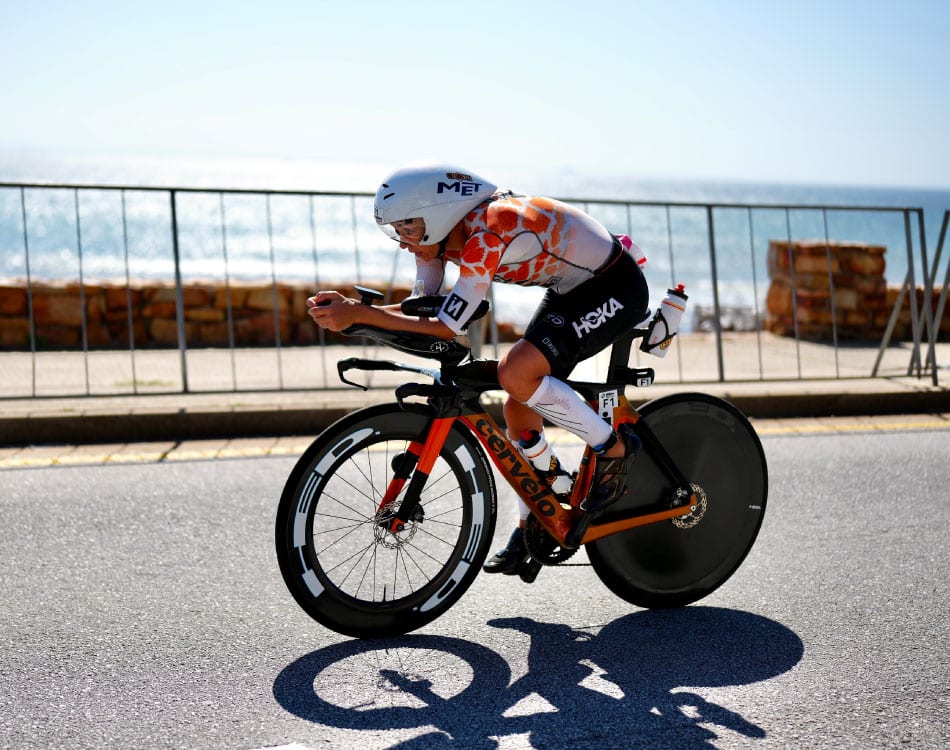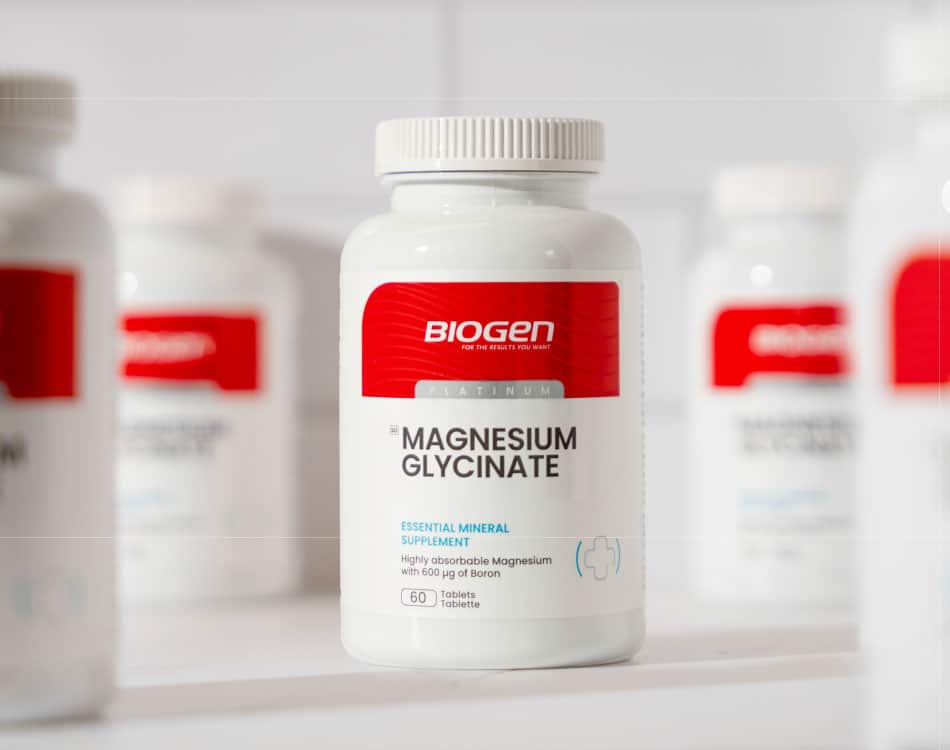It’s common to think that improved performance is a direct result of the time spent training out on the road or on the trails.
The truth is that peak performance can only be achieved when we give our bodies enough time to rest, recuperate and regenerate. That’s when the real training adaptations occur, which leave us fitter and stronger than before.
In a nutshell, the recovery phase involves:
- Restoring muscle and liver glycogen stores depleted during exercise;
- Replacing fluids and electrolytes lost via sweat and breathing;
- Regeneration, repair and adaptations that take place after catabolic (muscle tissue breakdown) stress and damage. This includes protein synthesis (formation of new muscle tissue) and breakdown and immune and antioxidant defence systems.
Muscle and liver glycogen restoration
When we exercise, the body uses energy in the form of muscle glycogen. The resultant glycogen depletion, in turn, stimulates glycogen repletion. This provides a strong drive for muscle glycogen replacement and takes precedence over liver glycogen storage.
If you don’t consume – drink or eat – carbohydrate during this exercise phase, muscle glycogen repletion will happen at a slow rate as the body uses up its stores to create more glycogen.
Muscle glycogen repletion is, therefore, dependent on dietary carbohydrates to sustain exercise. Muscle glycogen stores will last up to 60–90 minutes for endurance and intermittent high intensity exercise.
If you exercise for longer durations, you should ingest a carbohydrate source during exercise before your glycogen stores become depletion and you effectively run out of fuel. By restoring glycogen before it is depleted, you will also help to prevent “hitting the wall”.
Nutrients for recovery
The most important factor affecting muscle glycogen storage is the amount of carbohydrate you ingest during exercise.
The highest rate of glycogen restoration occurs in the first hour after exercise, due to the activation of the relevant enzymes, an exercise-induced increase in insulin sensitivity, and increased muscle cell permeability.
However, meeting your total daily carbohydrate requirements is, in fact, more important than the exact timing. The type of carbohydrate you consume is also important to ensure maximum delivery, acceptability and gastric comfort.
Meals high in fibre can lead to overestimating carbohydrate intake while providing a poor substrate for glycogen storage. It may also increase gastric discomfort and emptying, and prevent an “empty gut” feeling.
High GI, low-fibre carbohydrates are recommended, such as white bread with jam, litchi juice, jelly beans or sport energy drinks. Mixed carbohydrate source drinks like PeptoSport offer higher rates of oxidation, which means they enter the muscle more rapidly than single carbohydrate source drinks.
The IOC recommends 50g of carbohydrate every two hours to maximise muscle glycogen recovery. You can derive these carbohydrates in liquid or solid form. This choice depends on your preference, practicality, availability and palatability. However, a combination of both is often most useful, with fluids providing carbohydrate and water for the recovery process.
Protein’s added benefit
However, a potentially more effective approach is to add protein to your carbohydrate intake, as this aids glucose absorption to increase the glycogen storage rate.
Protein also plays an important role in enhancing net protein balance, which drives tissue repair and adaptation after exercise and reduces muscle fatigue.
Consuming a hydrolysed protein (peptides) like PeptoPro within the first hour after exercise generally offers the greatest recovery benefit. It is a soluble protein and requires no digestion. It, therefore, enters the muscles much faster and there is no gastrointestinal discomfort commonly associated with whole proteins.
The recommended ratio of carbohydrate to protein for optimal benefits is 4:1, as protein intake should never compromise or displace carbohydrate intake.
Fluid and electrolytes
The other recovery factor to consider during and after exercise is your fluid intake and electrolyte balance. Replacing fluid and electrolytes that are lost via sweat and breathing during exercise prevents dehydration and cramping. However, thirst and voluntary intake are often not sufficient stimuli for fluid replacement.
Don’t forget your micronutrients
It’s easy to lose sight of the important role that micronutrients play in this process when your focus is on the macronutrients like carbohydrates and proteins. However, various vitamins, including antioxidants, and minerals aid protein synthesis and support our immune system.
It is generally accepted that it can take 20–24 hours for glycogen stores to normalise after exercise depletes them. In multi-stage events or in an everyday training scenario, this is impractical as subsequent performance depends on this process. In these instances, recovery should start during the event or occur throughout the day to ensure optimal performance.
Studies have shown that taking carbohydrate with a hydrolysed protein like PeptoPro directly after an event reduces the glycogen recovery time to 16 hours versus taking only carbohydrate, which can take 23-37 hours to have the same effect.
Optimal recovery during a multistage event or in an everyday training scenario generally requires a specific, aggressive nutritional strategy.


